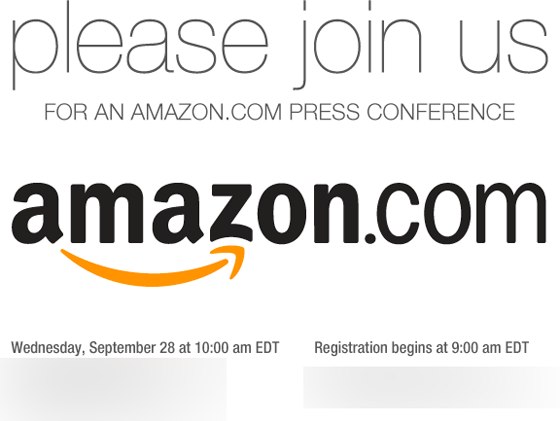Unfortunately for Nokia, the only constant in the tech industry is change, and they were too slow to react when the iPhone was launched with its revolutionary touch screen back in June 2007. They originally dipped a toe in the water with the above mentioned 5800 XM, and followed up with a series of flagship models like the N97, all running versions of Symbian S60 5th Edition. The latest version of the OS, Symbian^3, was first used as recently as Q4 2010, when the N8 was launched.
On 11 February, 2011, Nokia announced that it would migrate away from Symbian to Windows Phone 7, and the first devices from this collaboration are expected in Q4 2011.
Simultaneous to their work with Symbian, Nokia was also developing the Maemo OS, which eventually made an appearance on the N900 in late 2009. In February 2010 Nokia entered into partnership with Intel to merge Maemo and Intel’s Moblin project. And so MeeGo was born. Nokia eventually launched a device running the MeeGo OS, the N9, and have hailed it as their newest flagship. However, the press releases don’t say that Nokia has already turned its back on MeeGo, and more recently the Linux Foundation announced that MeeGo will be totally replaced by Tizen, a new collaboration between Intel and Samsung.
The Nokia N9 will be the only MeeGo device, ever!
 Nokia certainly know how to make decent hardware; the N9 is a gorgeous looking device. The front face is almost all screen – no untidy buttons to detract from that beautiful, minimalist design. The screen is 3.9” of Gorilla glass, and it has a 1GHz processor and an 8MP camera with Carl Zeiss optics, and it comes in a range of different colors. It certainly ticks all the right boxes. The UI is simple and elegant, involving a Home Screen and 3 main views: app launcher (Apps view), history (Open Apps view), and notifications. Navigation is a simple process of swiping between these screens.
Nokia certainly know how to make decent hardware; the N9 is a gorgeous looking device. The front face is almost all screen – no untidy buttons to detract from that beautiful, minimalist design. The screen is 3.9” of Gorilla glass, and it has a 1GHz processor and an 8MP camera with Carl Zeiss optics, and it comes in a range of different colors. It certainly ticks all the right boxes. The UI is simple and elegant, involving a Home Screen and 3 main views: app launcher (Apps view), history (Open Apps view), and notifications. Navigation is a simple process of swiping between these screens.But I don’t care! This OS may be the best thing since sliced bread, but why would anyone buy a smartphone when the OS has already been abandoned?
Nokia have made a big deal about the fact that the N9 supports the Qt framework, enabling apps built for Symbian smartphones to be ported easily to the N9. However, if you’ve already grown accustomed to the seemingly endless supply of new apps available in Apple’s App Store or the Android Market, the miserly selection of available apps will be a huge disappointment. What is the point of having all that great hardware, a great UI, and no apps to run on it? And don’t expect any developers to be burning the midnight oil dreaming up the next big thing. With only one device available in the market, and no plan for additional models, what would be the point?
Sadly, this appears to be an effort from Nokia to recover some of their development costs, and to keep their brand in the public eye. They have little regard for the damage that launching another dead-end device will do to their already flagging reputation. I am looking forward to seeing what Nokia can do with Windows Phone 7. The marriage between the very well thought of OS and Nokia’s great hardware could bear some interesting fruit, but Nokia could be losing a lot of potential customers with a poorly supported phone like the N9.
Thanks for reading!



















